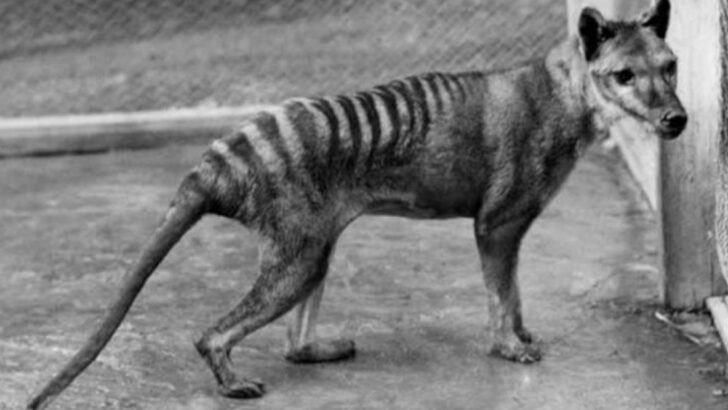History doesn’t just belong to kings, warriors, or architects. It belongs to the beasts that walked beside them.
While we marvel at pyramids and scrolls, we forget the creatures that pulled chariots, guarded temples, and stirred myth into reality. These animals weren’t sidekicks—they were power, mystery, and survival wrapped in fur, feathers, or scales.
Some were worshiped. Others were feared. A few were nearly erased from memory.
But they were there, shaping stories and influencing empires—quiet legends in the shadows of human glory.
Ready to meet the forgotten ones? Let’s dig up what time tried to bury.
The Aurochs
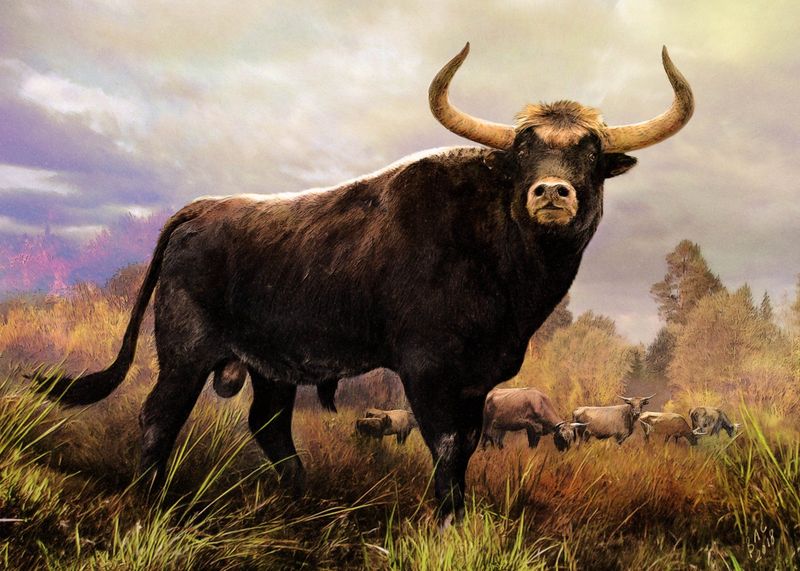
The majestic aurochs, with its towering stature and formidable horns, once roamed the forests of Europe and Asia. Revered in Mesopotamian art, these wild ancestors of domestic cattle were symbols of strength and virility. In ancient times, their presence was woven into rituals and mythology.
The aurochs’ impressive physicality made it a subject of fascination. Its sheer size and strength were unmatched, inspiring awe among ancient peoples. Hunting these beasts was considered a prestigious feat. Sadly, due to overhunting and habitat loss, the aurochs became extinct in the 17th century, leaving only tales and depictions.
The Onager
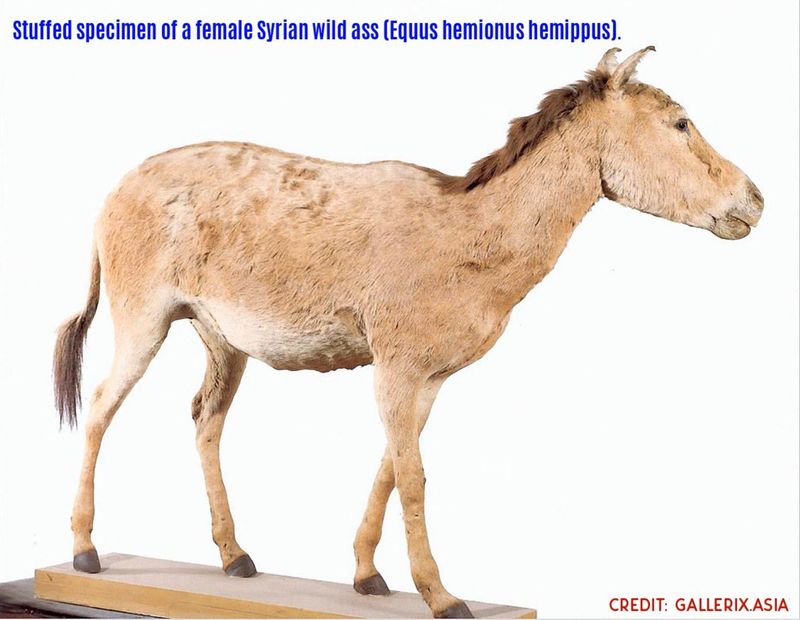
In the arid regions of Mesopotamia, the onager was a common sight, admired for its speed and endurance. This wild ass, with its distinctive striped legs, was domesticated for its ability to carry heavy loads across challenging terrains.
The onager’s agility and resilience made it invaluable, often used in warfare and trade. Unlike its domestic cousin, the donkey, the onager remained wild at heart, a symbol of freedom and tenacity. Despite its once crucial role, it slowly faded from collective memory, overshadowed by more prominent species. Today, it remains a symbol of the untamed spirit of the desert.
The Quagga

The quagga, a fascinating subspecies of the plains zebra, once inhabited the grasslands of South Africa. With its distinctive half-striped, half-solid coat, this animal was truly a marvel of nature. Indigenous tribes revered the quagga, seeing it as a bridge between the zebra and the horse.
Sadly, the quagga fell victim to excessive hunting in the 19th century. Its striking appearance made it an easy target for hunters and collectors. In 1883, the last known quagga died in captivity, marking its extinction. Efforts are now underway to bring back this remarkable creature through selective breeding.
The Egyptian Mongoose
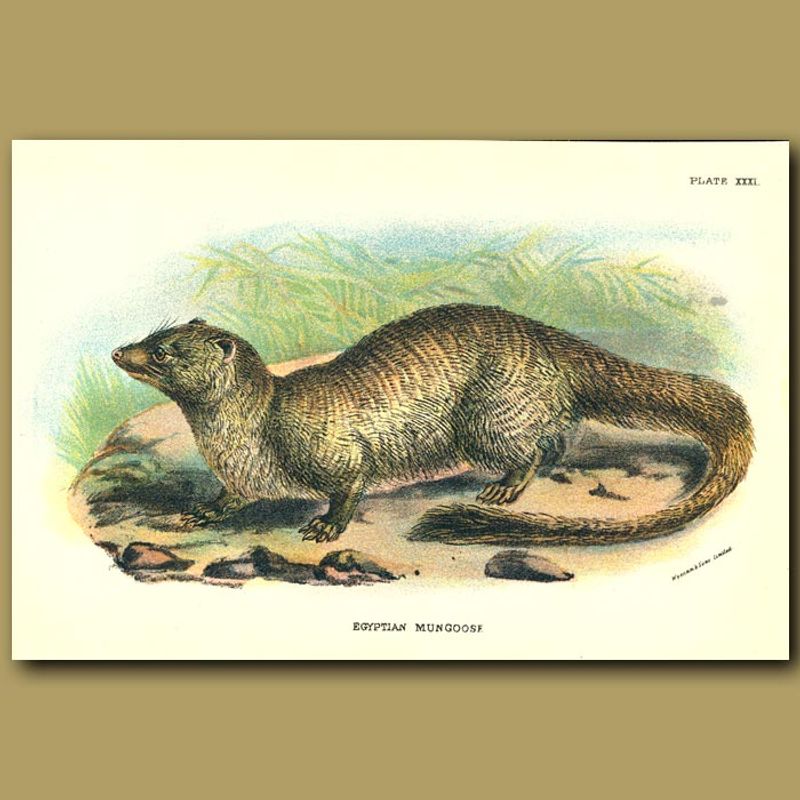
The Egyptian mongoose, a fearless predator, was a beloved guardian of the pharaohs’ granaries. Respected for its ability to hunt venomous snakes, it was commonly depicted in Egyptian art and mythology. These mongoose were seen as protectors, blessed with the cunning to outsmart cobras.
Their sleek bodies and sharp instincts allowed them to thrive in various environments. Despite their revered status, their role faded as civilizations advanced and new methods of pest control emerged. Today, the Egyptian mongoose continues to live in North Africa, a reminder of the bygone era when it was a symbol of protection.
The Andean Condor
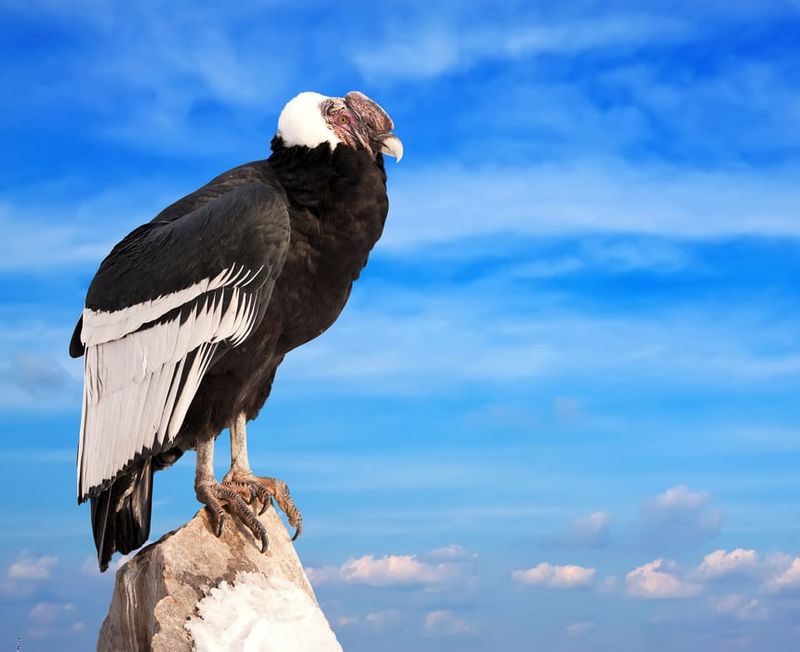
Soaring over the rugged Andes, the Andean condor has long been a symbol of freedom and power. In ancient Incan culture, this bird was revered as a messenger between the heavens and earth. Its massive wingspan and graceful flight captured the imagination of the Andean people.
Condors were often considered sacred, believed to possess the ability to carry spirits between realms. As modern threats loom, these magnificent birds face challenges, but conservation efforts are underway. The condor remains an emblem of the Andean spirit, reminding us of a time when nature and belief were intertwined.
The Thylacine
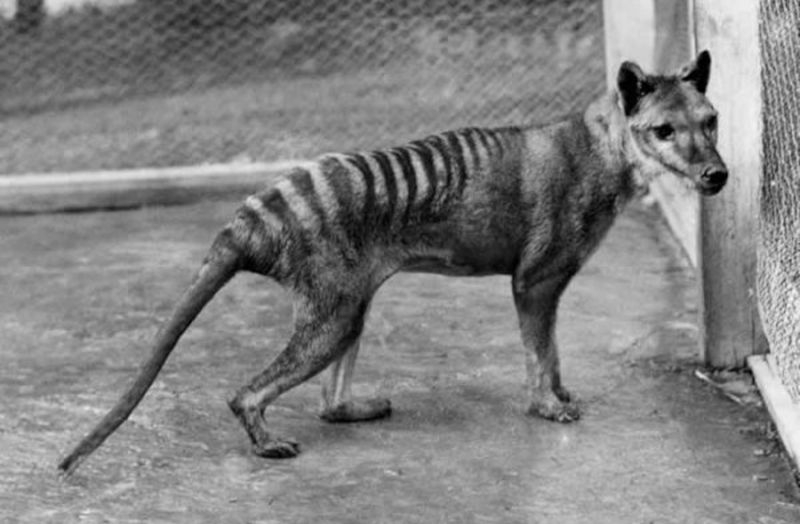
The elusive thylacine, or Tasmanian tiger, was a unique marsupial predator native to Tasmania. With its striking stripes and dog-like features, it was a subject of intrigue and myth. Aboriginal stories often featured the thylacine as a cunning and mystical creature.
Despite its fearsome reputation, the thylacine was shy and elusive. Hunting and habitat loss led to its decline, and by the 20th century, it was declared extinct. The last thylacine died in captivity in 1936, leaving a legacy shrouded in mystery. Efforts to clone the thylacine continue as we seek to understand this remarkable animal.
The Syrian Elephant
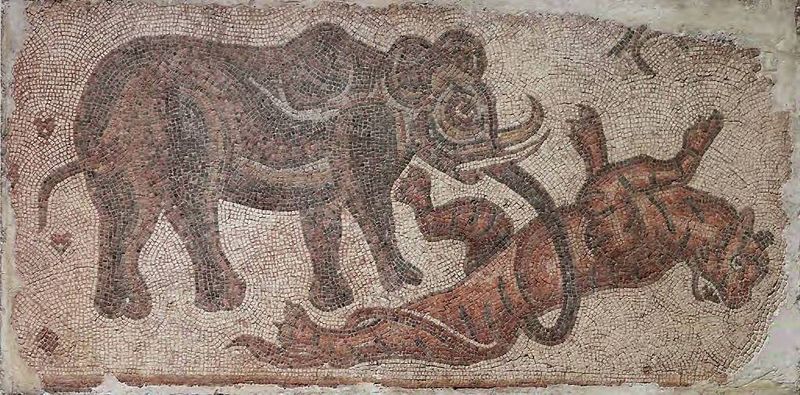
In ancient warfare, the Syrian elephant was a formidable force, used by armies in the Middle East. Known for its massive size and strength, it was often adorned with lavish decorations and armor. These elephants were central to military strategies, striking fear into opponents.
Their intelligence and ability to be trained made them valuable assets. Unfortunately, overexploitation led to their extinction. The Syrian elephant remains a symbol of ancient martial prowess, a reminder of battles fought and lost. As history fades, the legacy of these mighty creatures persists in the tales of their legendary power on the battlefield.

